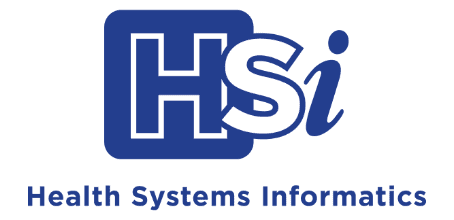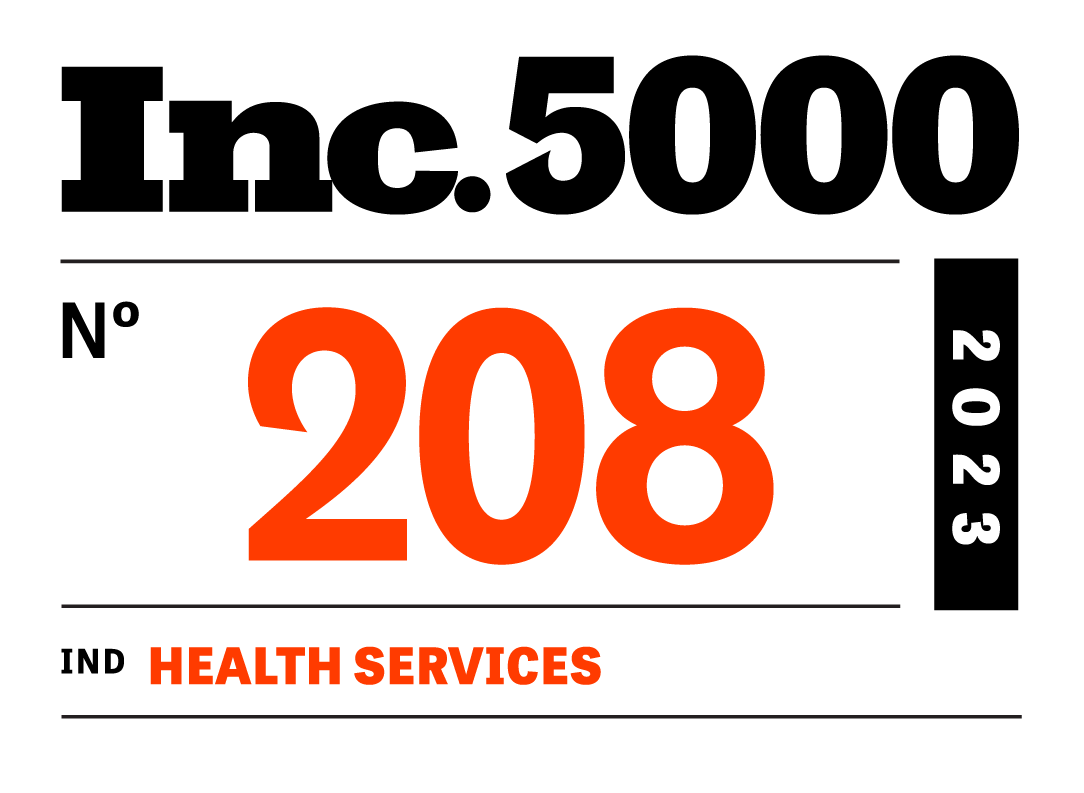REALITY OF ADDING HOSPITALS TO AN EXISTING EHR SYSTEM
The Challenge
Growing a healthcare organization beyond its original boundaries is an exciting undertaking. The challenges it presents to the IT department can be overwhelming. Resource, time, and hardware constraints among others must be considered. IT staff have settled into their roles following the initial electronic health record (EHR) system implementation and essential downsizing of the team, are responding well to the day-to-day help desk tickets, routine maintenance requests, and even the additional project load. Starting again with the addition of another facility and numerous providers to the enterprise encounters another layer of complexity, such as: Will the new facility accept the EHR “as is” or will application changes need to occur? Will the EHR vendor willingly partner with IT leadership on the new endeavor? What is the reality of working with the leadership and business owners of a new facility; will they be the decision-makers for the project? How will the transition of the new hospital’s IT resources into an existing cohesive team be accomplished?
The Solution
HSi partnered with one organization to supplement resource gaps in several arenas and through the addition of two hospitals to the enterprise. Provided to the client organization were resources to make up a legacy system support team with HSi leadership oversight, build consultants for numerous applications, report developers, an interface specialist, training support and an interim IT applications administrator.
Even though the intent was to use existing applications build, the reality was workflows deviated from facility to facility and some necessary adjustments were inevitable. Time spent on current state workflow analysis was not wasted effort. New departments and services needed to be built (locations, rooms/beds, orders, etc.). HSi’s application analysts filled a variety of these roles along with the provision of multi-facility integration expertise. New interfaces were needed along with some reconfiguration of existing interfaces. All of this detailed work was completed by an adept HSi interface analyst.
New reports critical to the business of the add-on facility were also needed at go-live. IT report development teams found themselves without the bandwidth to take on the new influx of requests. HSi rapidly turned around the reports with accomplishment of validation and testing. Additionally, a reports training manual was created, and manager reports training was conducted.
The add-on hospital IT team was asked to attend parent system EHR training and become new system analysts. To accomplish this feat, HSi provided a 7-member legacy support backfill team who assumed responsibility for all major and minor systems support, new reports development to maintain business processes, vendor interaction, and 24/7 on-call duties.
This allowed the add-on hospital IT team to focus on the new EHR implementation while also serving as knowledgeable facility subject matter experts. HSi’s Consulting Director provided legacy team oversight throughout the lengthy legacy support engagement. Also provided by HSi during the second add-on facility implementation was an interim IT applications administrator with oversight responsibilities for the project along with other additional simultaneous initiatives.
The Benefit
The HSi client partnership and in-depth knowledge of the organization’s original EHR system implementation, and its IT team and business owners, established a strong basis to move forward with a successful legacy support model and the realignment of the parent EHR to accommodate two more facilities. The extensive systems integration knowledge and strong applications and leadership skills provided by HSi consultants assisted with seamlessly bringing the facilities on-line. The add-on hospital IT team adjusted rapidly to new roles and responsibilities by being provided the time to learn and grow alongside new peers. An even more robust IT team is in place today because these steps were taken during the project’s planning phase.







